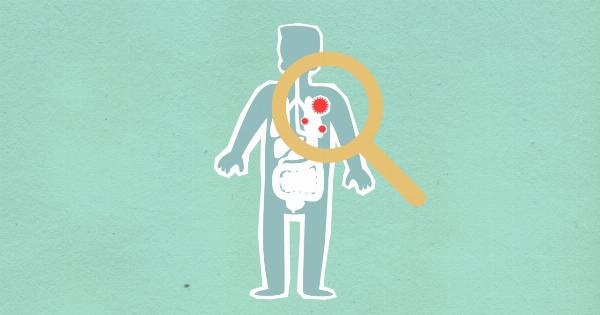Childhood respiratory infections are a common occurrence and can have long-term effects on health.
Studies have shown that these infections not only impact the overall respiratory health of individuals but also increase the risk of mortality in adulthood. This article explores the link between childhood respiratory infections and mortality in adulthood, highlighting the importance of preventive measures and early treatment.
Impact of Childhood Respiratory Infections
Childhood respiratory infections, such as pneumonia, bronchitis, and influenza, can significantly impact a child’s health.
These infections often result in considerable morbidity, leading to hospitalizations, school absences, and decreased quality of life. However, the implications of these infections go beyond childhood and can have long-term consequences.
Association with Respiratory Diseases in Adulthood
Several studies have shown a clear association between childhood respiratory infections and the development of respiratory diseases in adulthood.
Individuals who experienced frequent or severe respiratory infections in their childhood are more likely to suffer from chronic conditions such as chronic obstructive pulmonary disease (COPD), asthma, and bronchiectasis later in life.
Elevated Risk of Cardiovascular Mortality
Childhood respiratory infections have also been linked to an increased risk of cardiovascular mortality in adulthood.
A study published in the European Respiratory Journal found that individuals who had experienced severe respiratory infections in early life had a higher likelihood of developing cardiovascular diseases, including heart failure and stroke, in adulthood.
Impact on Lung Function
Childhood respiratory infections can also have a lasting impact on lung function.
A study conducted in Finland followed individuals from childhood to adulthood and found that those who had a history of respiratory infections during the early years had lower lung function test results in adulthood. Impaired lung function is associated with higher mortality rates due to various respiratory and cardiovascular conditions.
Role of Environmental Factors
Environmental factors play a crucial role in the development and severity of childhood respiratory infections.
Exposure to secondhand smoke, air pollution, overcrowded living conditions, and inadequate ventilation increases the risk of respiratory infections. Addressing these environmental factors through public health initiatives and policies can help reduce the burden of respiratory infections and associated mortality.
Preventive Measures
Prevention is key when it comes to reducing the impact of childhood respiratory infections and subsequent mortality.
Vaccination against common respiratory pathogens, such as influenza and pneumococcus, can significantly reduce the risk of infections and their complications. Additionally, promoting good hygiene practices, such as regular handwashing and proper respiratory etiquette, can help prevent the spread of respiratory infections.
Early Diagnosis and Treatment
Early diagnosis and appropriate management of childhood respiratory infections are essential to minimize the long-term consequences.
Prompt treatment with appropriate antibiotics or antiviral medications, when indicated, can help prevent the progression of infections and reduce the likelihood of complications. Timely medical intervention is especially crucial for children with underlying conditions or compromised immune systems.
Importance of Public Health Initiatives
Public health initiatives aimed at reducing the burden of childhood respiratory infections are vital for improving long-term outcomes.
These initiatives should focus on creating awareness, providing access to healthcare services, and improving the overall living conditions that contribute to the spread of such infections. Additionally, further research and funding should be dedicated to understanding the long-term effects of childhood respiratory infections to develop effective preventive strategies.
Conclusion
Childhood respiratory infections have far-reaching implications beyond the initial illness. They can lead to respiratory diseases, cardiovascular mortality, and impaired lung function in adulthood.
Preventive measures, early diagnosis, and appropriate treatment are crucial for reducing the long-term impact of these infections. Public health initiatives and research efforts should be directed towards mitigating the burden of childhood respiratory infections and improving overall health outcomes.































